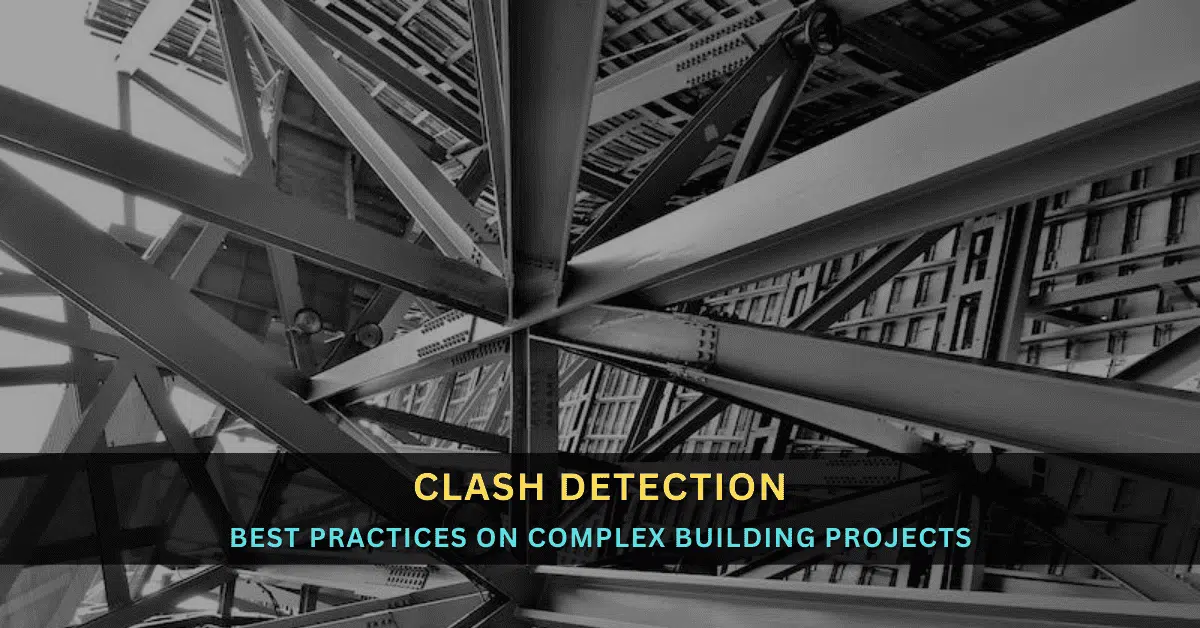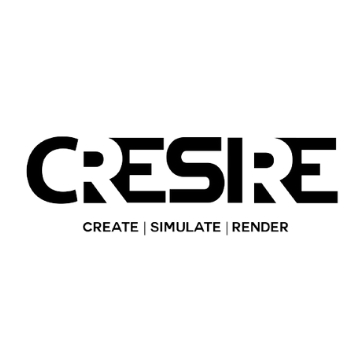Best Practices for Clash Detection on Complex Building Projects: Steps to Follow
"Streamlining Clash Detection in Complex Building Projects: Proven Steps for Success"

Introduction
Clash detection is a crucial part of the construction industry, particularly in the field of Building Information Modeling (BIM). Clash detection refers to the process of identifying conflicts or clashes between different elements of a building design, such as Structural systems, Mechanical and Electrical Systems, and Architectural features.
Process of Clash Detection
1 - Developing 3D Revit Models for BIM Clash Detection
2 - Setting Up Revit models in Navisworks for Clash Detection
Setting up Revit models in Navisworks for BIM clash detection involves several steps.
- First, export the Revit model in an appropriate format, such as NWC or NWD.
- Next, import the exported model into Navisworks and set up the project environment by defining the units, levels, and viewpoints.
- Then, use the Clash Detective tool to identify potential clashes between different systems and components in the model.
- Finally, review and resolve the identified clashes, using the tools available in Navisworks to create and track issues and communicate with other stakeholders.
3 - Create a Clash Detective Test
To create a Clash Detective test in Navisworks, open the relevant project file and navigate to the “Clash Detective” tab in the ribbon menu.
4 - Set Up the Tolerance Settings for Clash Detection
To set tolerance settings for clash detection in Navisworks, go to the “Clash Detective” tab in the ribbon menu and click on the “Tolerance Settings” button. In the “Tolerance Settings” window, set the tolerance values for various parameters such as clearance, overlap, and gap.
5 - Adjust the Tolerance Settings for Clash Detection
In the “Tolerance Settings” dialogue box, you can adjust the tolerance settings to refine the clash results. There are several settings that you can adjust, such as “Clearance” and “Overlap.”
6 - Save and Run the BIM Clash Detection Test
To save and run a test in Navisworks, first create the test by selecting the relevant object sets or files and setting the appropriate parameters in the “Clash Detective” tab.
7 - Running Clash Detection
Detail the steps involved in running a clash detection test in Navisworks. This may include selecting the models to test, setting up the BIM clash detection criteria, and running the test.
8 - Resolving Clashes
To resolve clashes in clash detection, review the identified clashes in Navisworks and determine the cause and impact of each clash. Once you have identified the issues, communicate with the relevant stakeholders to determine the best course of action to resolve the clashes.
Conclusion
In conclusion, clash detection is a crucial process in complex building projects that involves identifying potential conflicts between different building systems and components before construction begins.












